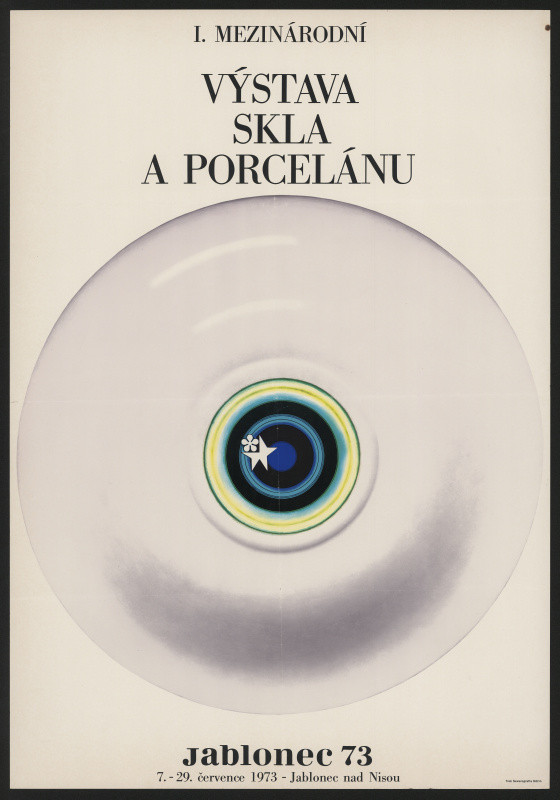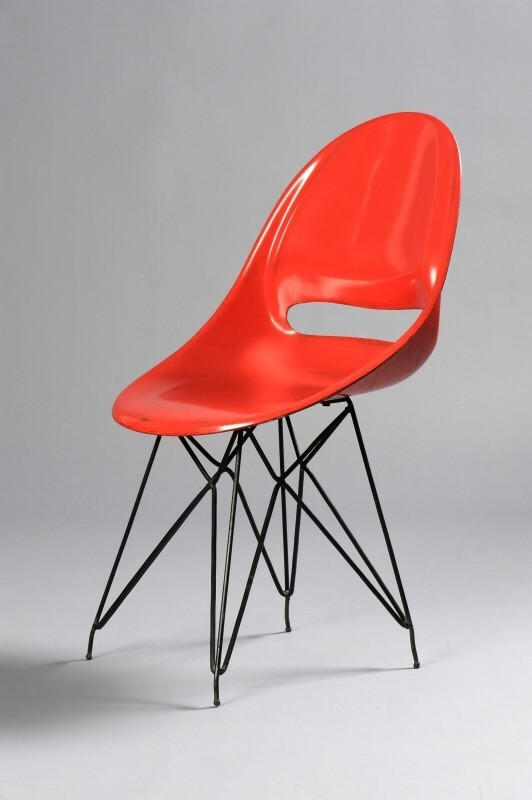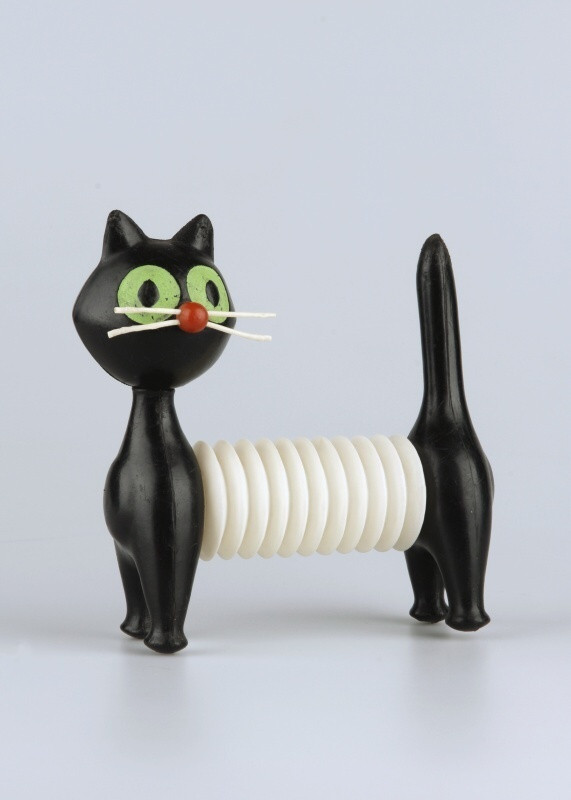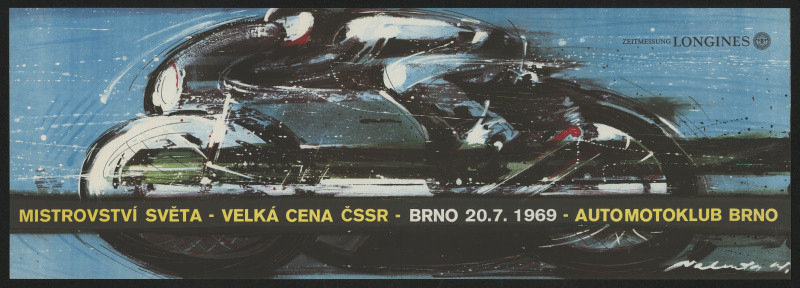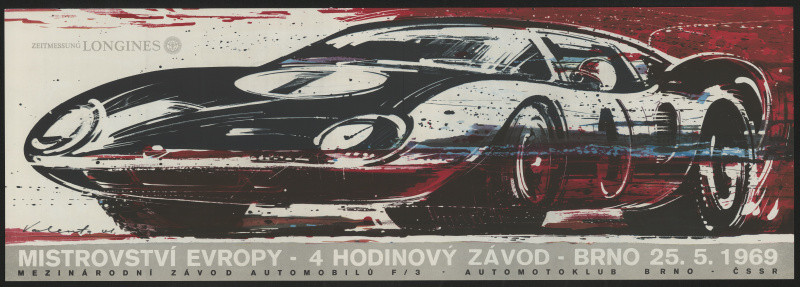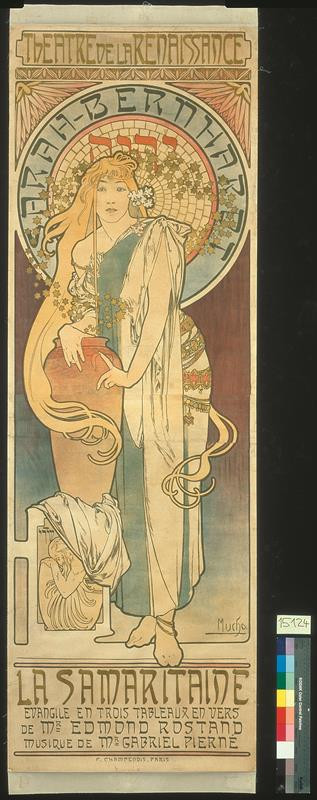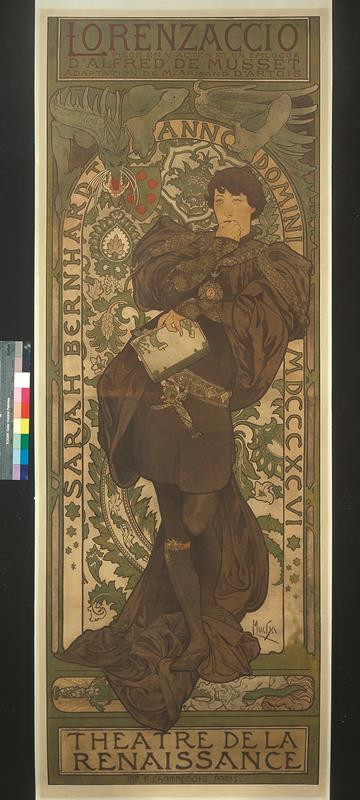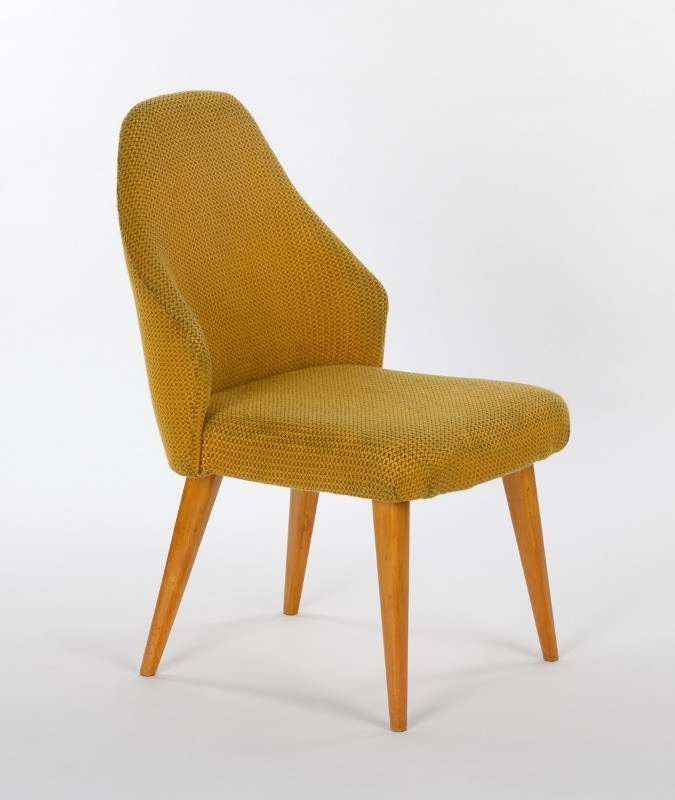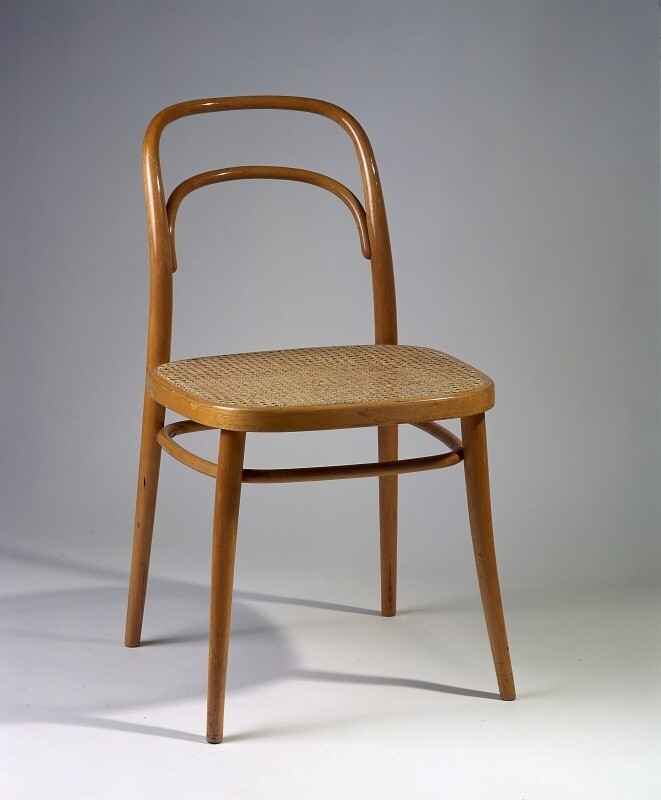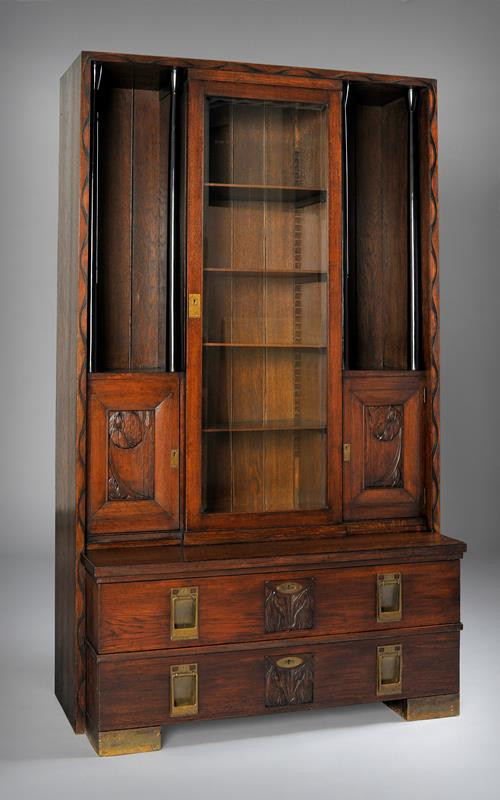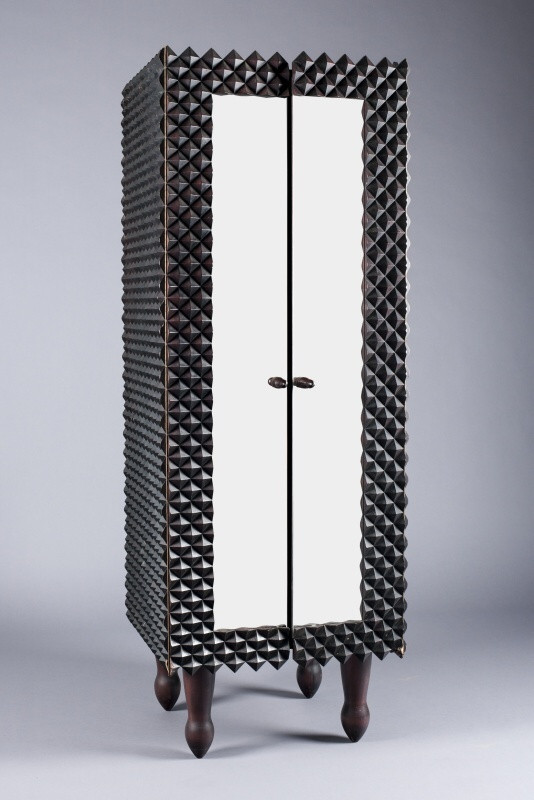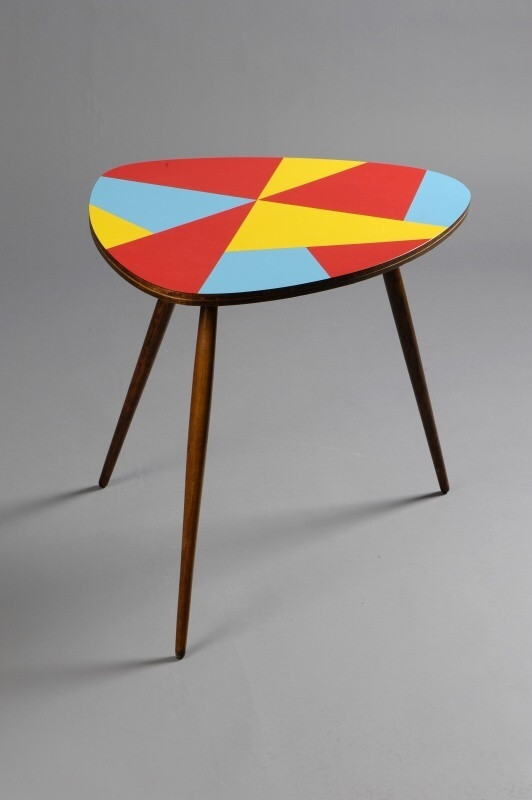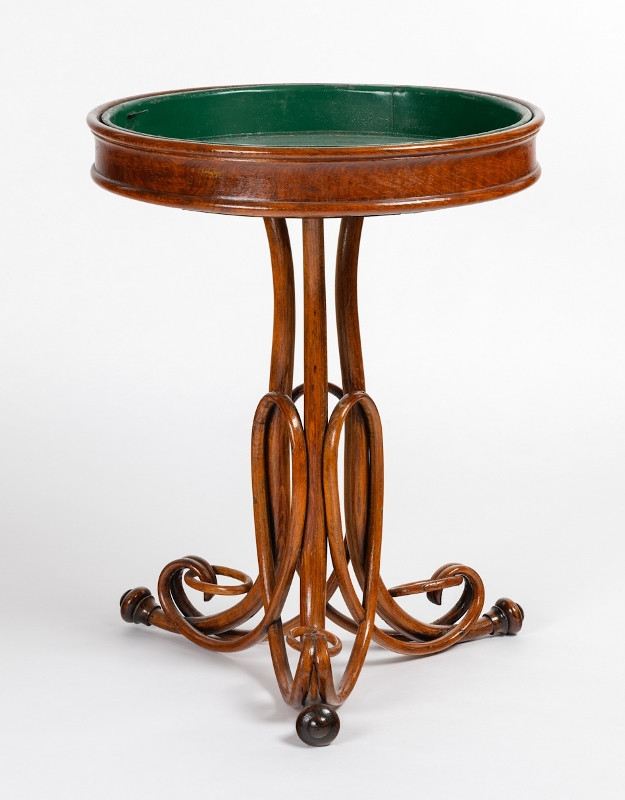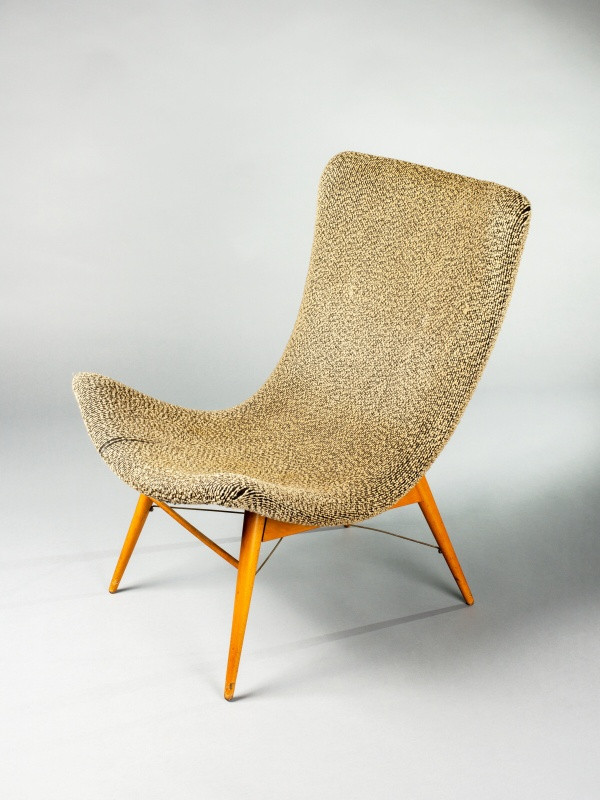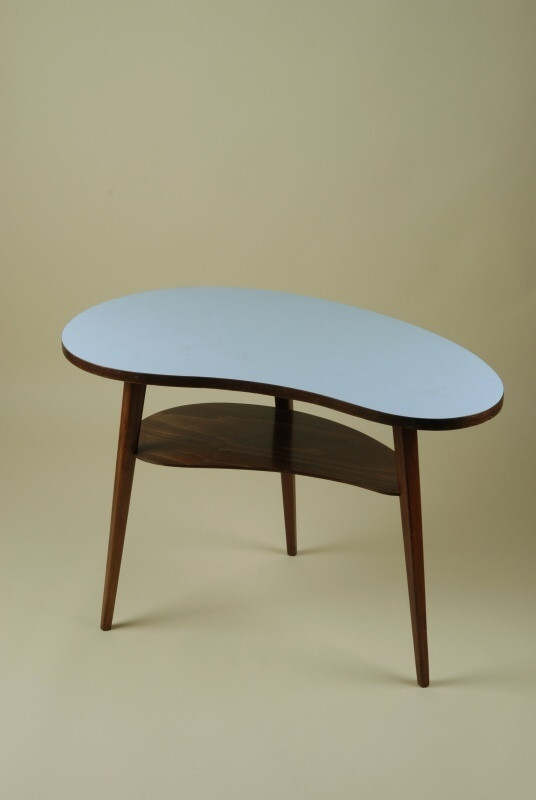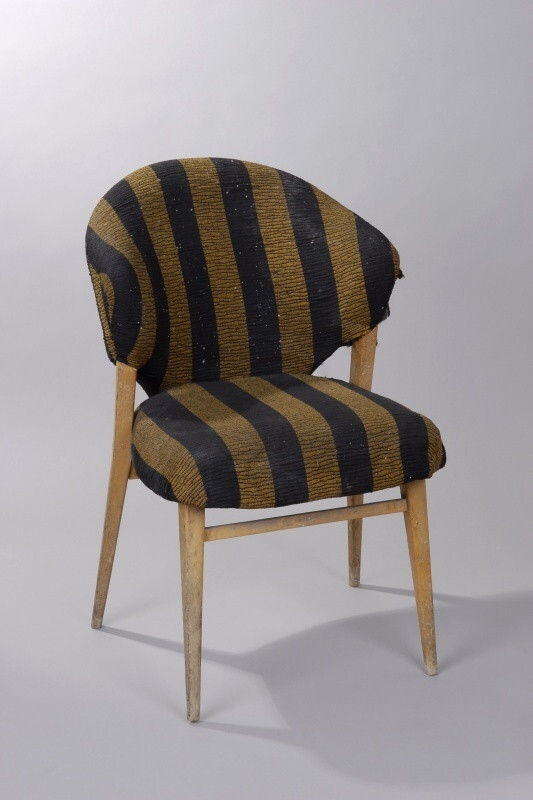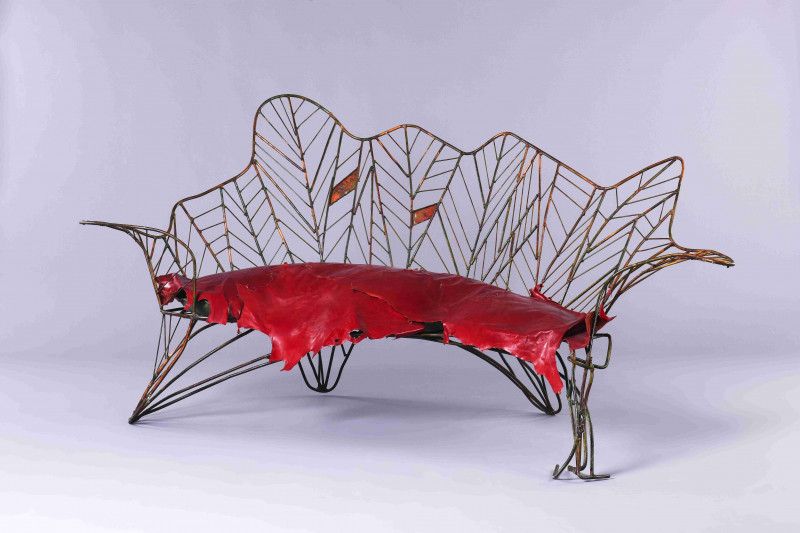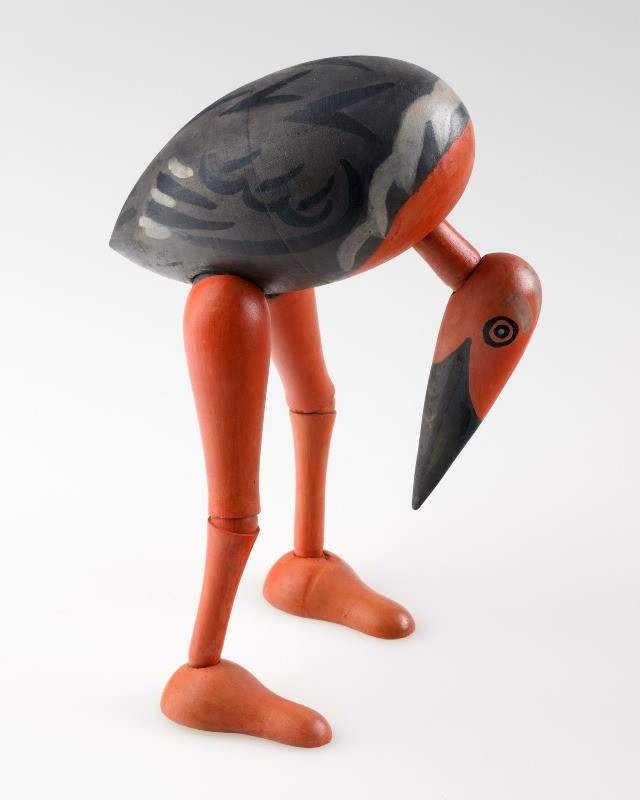Medee. Sarah Bernhardt
Alfons Mucha
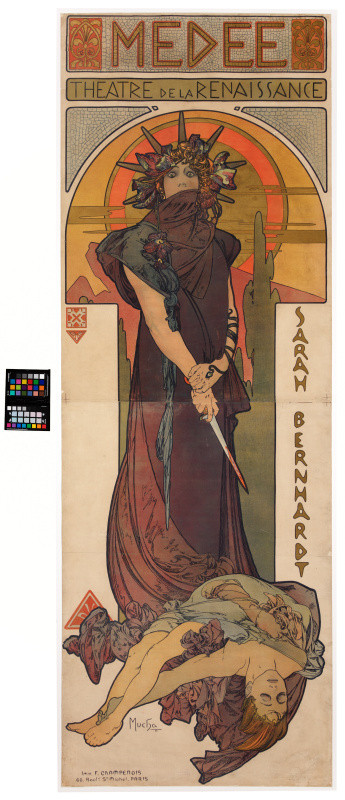
Francouzská herečka Sarah Bernhardtová byla Alfonsem Muchou zpodobněna několikrát. Na tomto plakátu je zachycena v roli tragické řecké hrdinky podle klasického řeckého dramatu Médea. Hra byla pro soudobé pařížské publikum přepracována básníkem Catullem Mendèsem. Na plakátě je Médea v kritickém okamžiku, kdy šílená hněvem nad nevěrou svého milence Iasona zavraždila jejich dvě děti, Iasonova otce i jeho milenku. Dramatické složky, jako je čelní pohled na herečku se zakrváceným nožem v ruce, mrtvola vlastního dítěte u jejích nohou a děs v jejích očích, dělají z plakátu vrcholné dílo. Na levé ruce Médey vidíme prototyp Muchových slavných hadích náramků, které později začal vyrábět a prodávat klenotník Georges Fouquet v Paříži. Stylizovaná krajina v pozadí výjevu dokládá vliv v té době velice módního japonismu a zdůrazňuje exotickou atmosféru dramatu. ///
The French actress Sarah Bernhardt was portrayed by Alphonse Mucha several times. In this poster, she is depicted in the role of a tragic Greek heroine based on the classic Greek drama Medea. The play was rewritten for a contemporary Parisian audience by the poet Catulle Mendès. The poster shows Medea at a critical moment when, mad with rage at the infidelity of her lover Iason, she murdered their two children, Iason's father and his mistress. Dramatic components such as the frontal view of the actress with a bloody knife in her hand, the corpse of her own child at her feet and the terror in her eyes make the poster a masterpiece. On Medea's left hand we see a prototype of Mucha's famous snake bracelets, which jeweller Georges Fouquet later began to make and sell in Paris. The stylised landscape in the background of the scene shows the influence of Japonism, which was very fashionable at the time, and emphasises the exotic atmosphere of the drama.
| datace: | |
| rozměry: |
celková výška/délka 202 cm šířka 70,7 cm |
| výtvarný druh: | grafický design › plakát |
| námět: |
Žánr |
| materiál: |
papír |
| technika: |
litografie, barevná |
| původnost: | autorská dobová rozmnoženina |
| značení: | |
| inventární číslo: | GD 15113 |
| datum akvizice: | 1905, 1962 |
| místo vzniku: | Francie |

